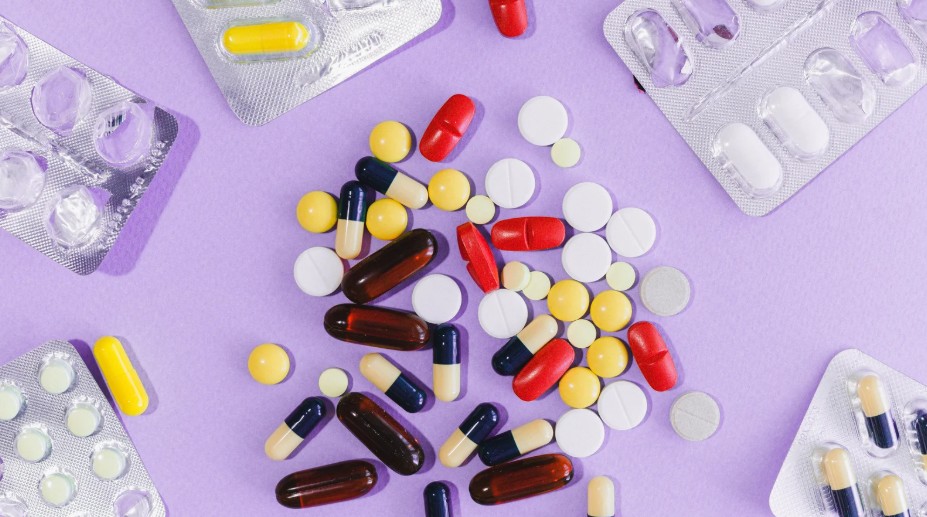The pharmaceutical industry touches nearly every facet of modern life, delivering critical medicines that improve quality of life globally. However, like many industries, it faces growing pressure to address its environmental footprint.
One area under the spotlight is pharmaceutical packaging. With global sustainability goals in place and consumers demanding greener initiatives, the rise of sustainable pharmaceutical packaging is transforming the sector.
This article explores how sustainability is reshaping pharmaceutical packaging, from the innovative materials being used to the higher expectations from consumers and regulators.
Why Sustainability Matters in Pharmaceutical Packaging?

Packaging plays a crucial role in the pharmaceutical industry. It ensures drug safety, extends shelf life, and helps prevent tampering. However, the materials traditionally used, plastics, foils, and other non-biodegradable substances, pose significant environmental challenges.
Every year, a massive volume of pharmaceutical packaging ends up in landfills, contributing to pollution and resource depletion. With increasing awareness of climate change and waste management issues, the role of sustainable practices in pharmaceutical packaging has never been more critical.
Consumer Expectations and Trust
The move towards sustainability isn’t just an operational shift; it’s a response to changing consumer expectations. Today’s patients and customers are more educated about environmental issues.
They scrutinise the products they purchase, looking for evidence of eco-friendly initiatives. Brands that adopt sustainable packaging not only reduce their ecological impact but also build trust with environmentally conscious consumers.
Green Innovations in Pharmaceutical Packaging
To meet rising demands, pharmaceutical companies are focusing on innovative solutions that balance product safety with environmental stewardship. Here are some of the key advancements making waves in the sector:
1. Biodegradable Materials
Plastics, traditionally used for protective blister packs and containers, are being replaced by biodegradable options. Polymers such as polylactic acid (PLA), made from renewable resources like corn starch, are gaining traction. These materials decompose naturally, significantly reducing packaging waste.
2. Recyclable and Reusable Packaging
Glass and aluminium containers are making a return due to their recyclability. Advances in engineering have also introduced higher-quality reusable packaging that maintains the sterility and safety required for medications. This is especially useful in industries like biologics, where they can minimise single-use waste.
3. Plant-Based Plastics
Moving away from petroleum-derived plastics, plant-based alternatives such as bio-PET (polyethylene terephthalate) are providing a greener option for pharmaceutical packaging. They perform similarly to traditional plastics but are derived from renewable biomass sources such as sugarcane.
4. Smart Packaging for Less Waste
A surprising innovation in the sustainable packaging trend is the integration of smart technology. RFID tags and sensors are being embedded into packaging, enabling real-time monitoring of medication conditions like temperature and humidity. This not only prevents wastage but ensures patient safety by verifying product efficacy before use.
The Impact of Sustainable Packaging
Switching to sustainable pharmaceutical packaging has a ripple effect across supply chains, environmental outcomes, and brand reputations. Here’s how:
Reducing Carbon Footprint
Sustainable materials generate fewer greenhouse gas emissions during production, transport, and disposal processes. By reducing reliance on crude oil-based materials, manufacturers can significantly cut their carbon emissions.
Lowering Resource Depletion
Biodegradable and recyclable packaging reduces the environmental strain caused by the extraction of raw materials. For instance, plant-based plastics rely on annually renewable crops, offering a more circular solution.
Boosting Consumer Satisfaction
Studies show that consumers are increasingly loyal to brands that align with their values. Sustainable packaging can serve as a competitive differentiator, showcasing a company’s commitment to environmental stewardship.
Adhering to Regulatory Demands
Globally, governments are taking stronger stances on packaging waste and carbon emissions. The European Union, for example, sets stringent guidelines for plastic recycling and waste reduction. Pharmaceutical companies that adapt now can secure compliance and avoid costly penalties in the future.
Challenges and Opportunities Ahead

Despite the progress, sustainable pharma packaging isn’t without its obstacles:
- Cost Barriers: Biodegradable and plant-based materials are often more expensive than traditional options, creating financial hurdles for smaller companies.
- Regulatory Compliance: Meeting stringent standards for packaging materials while ensuring drug quality and safety continues to be a balancing act.
- Scalability: While innovations like plant-based plastics show promise, large-scale adoption requires robust supply chains and infrastructure for production and recycling.
However, these challenges also offer opportunities for collaboration among industry players, research institutions, and governments. Joint efforts can drive innovation further and create shared solutions for both financial and environmental concerns.
The Future of Pharmaceutical Packaging
The rise of sustainable pharmaceutical packaging represents more than a fleeting trend it marks a necessary evolution within the industry. Moving forward, advancements in material science and the integration of circular economy principles will continue to redefine the packaging landscape.
Pharmaceutical companies that invest in sustainability today are positioning themselves for long-term success. By aligning eco-conscious strategies with consumer expectations and regulatory pressures, the industry can contribute to a healthier planet while continuing to deliver life-saving medications efficiently.
Sustainability isn’t just good for the environment; it’s good for business. Now more than ever, it’s time to rethink how we package the medicines that improve lives worldwide.




